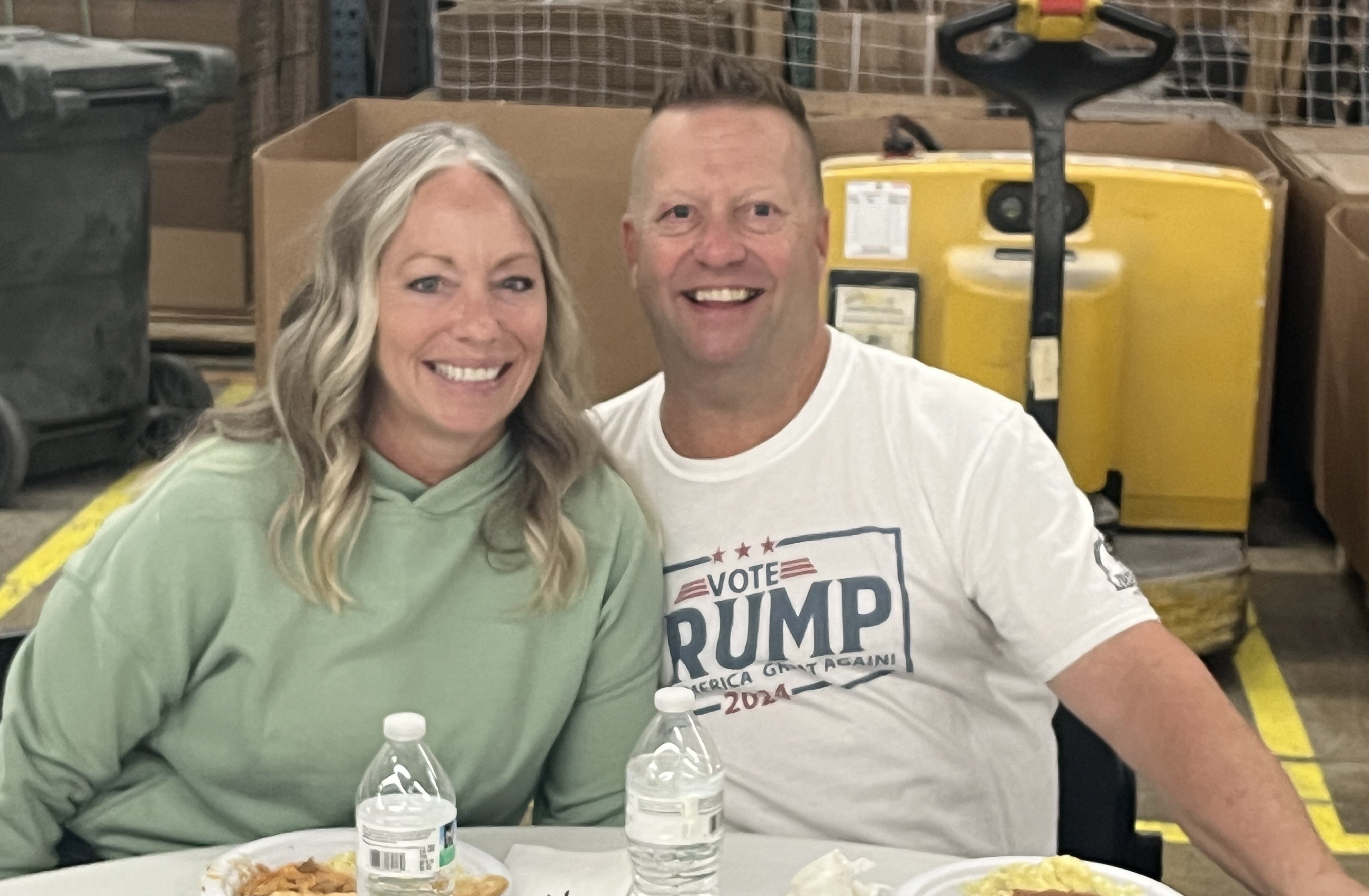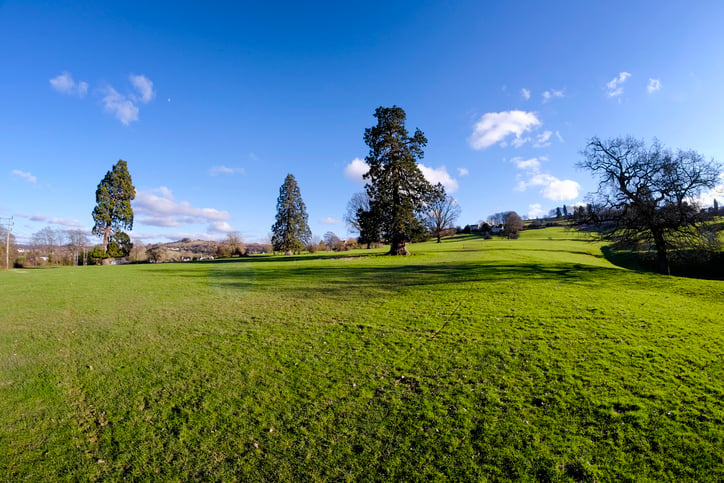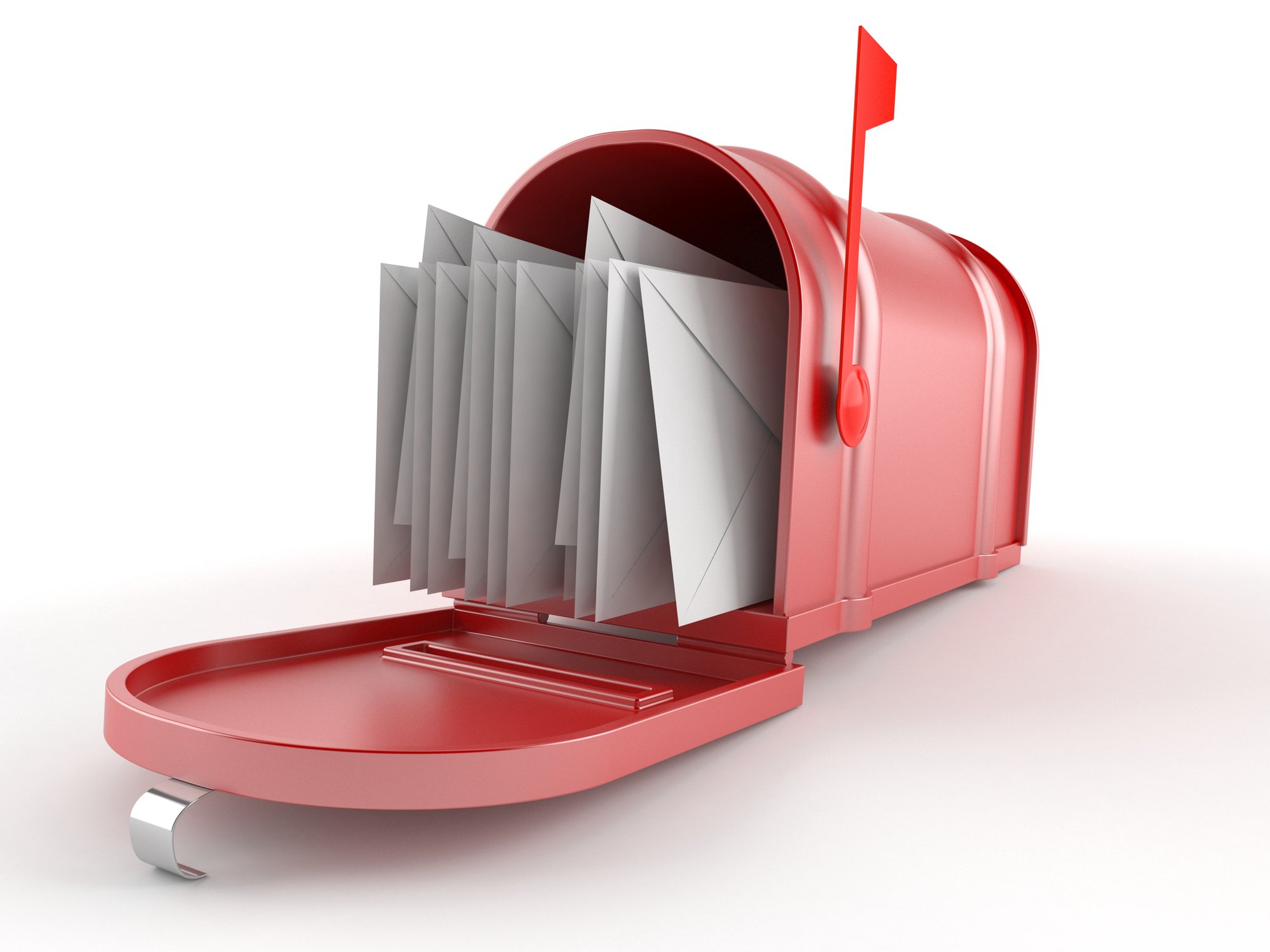April 26, 2024 at 8:45 AM
Your Guide For Print Buyers On Binding Techniques.
While digital media surrounds us, there is a unique charm in the tactile experience of holding a beautifully bound book, brochure, or pamphlet. Understanding your binding options is crucial, whether you're crafting a high-end publication or a simple brochure. Armed with a refreshed glossary of terms and an overview of modern binding methods, let's explore the updated landscape of commercial printing binding techniques.
Updated Binding Terms Glossary
- The Spine, Head, Foot, and Face remain fundamental to understanding a book's anatomy.
- Leaf and Page still refer to a single sheet of paper and its two sides.
- Folio now often involves digital layout techniques to optimize page use efficiently.
- Signature's definition is unchanged, but digital printing advances have made small runs more cost-effective.
- Book Block (Text Block), Headband, and Case (Hardcover) maintain their roles, with materials evolving to include more sustainable options.
- Binder’s Board and Book Cloth (Buckram) have seen innovations in eco-friendly materials.
- End Sheets (End Leaves or End Papers) now offer more creative printing and customization options for a unique touch.
Modern Binding Techniques
Stitched Bindings
- Saddle Stitching: Still popular for its simplicity and cost-effectiveness, technological advances have improved accuracy and reduced waste.
- Loop Stitching: Gains relevance with manuals and reference materials, especially in educational and professional settings.
Glued Bindings
- Perfect Binding: The shift towards polyurethane reactive (PUR) adhesive from Ethylene Vinyl Acetate (EVA) significantly improves durability and flexibility. Modern machines enhance binding quality and allow quicker setup times, efficiently supporting short-run projects.
Sewn Bindings
- Side Sewn: This method remains a reliable choice for thick volumes, and thread color options have expanded to match specific design requirements.
- Smyth-Sewn: Continues to be the gold standard for durability and lay-flat capability, indispensable for textbooks and libraries. The aesthetic and functional superiority of Smyth-sewn binding is unmatched.
Case Binding
Unchanged in its premium status, case binding now incorporates more customization and sustainable material options, aligning with environmental concerns.
Coils and Loops
- Spiral and Wire-O Bindings: These methods have adapted to include a broader range of materials and colors, catering to bespoke and design-focused projects.
- Comb Binding: While still valued for its simplicity and reusability, comb binding has seen a decline in preference for professional publications for more durable and aesthetically pleasing options.
Contemporary Considerations
The push towards sustainability has led to using recycled materials and eco-friendly processes across all binding methods. Digital printing advancements have made small runs and customization more accessible, changing how we approach the design and production of bound materials.
Choosing the Right Binding
The decision on which binding method to use should consider the end-user experience, the purpose of the printed material, and, increasingly, the environmental impact. Early consultation with your printer is more important than ever to navigate these options and ensure your project's success in today's diverse printing landscape.
Remember, the choice of binding is not just about holding a book together; it's about crafting an experience, telling a story, and making an impact. As the industry evolves, staying informed and flexible will help you make the best decisions for your unique printing projects.
Success@johnroberts.com 763-755-5500
#binding #knowtheoptions #terms #printguide
Popular Posts
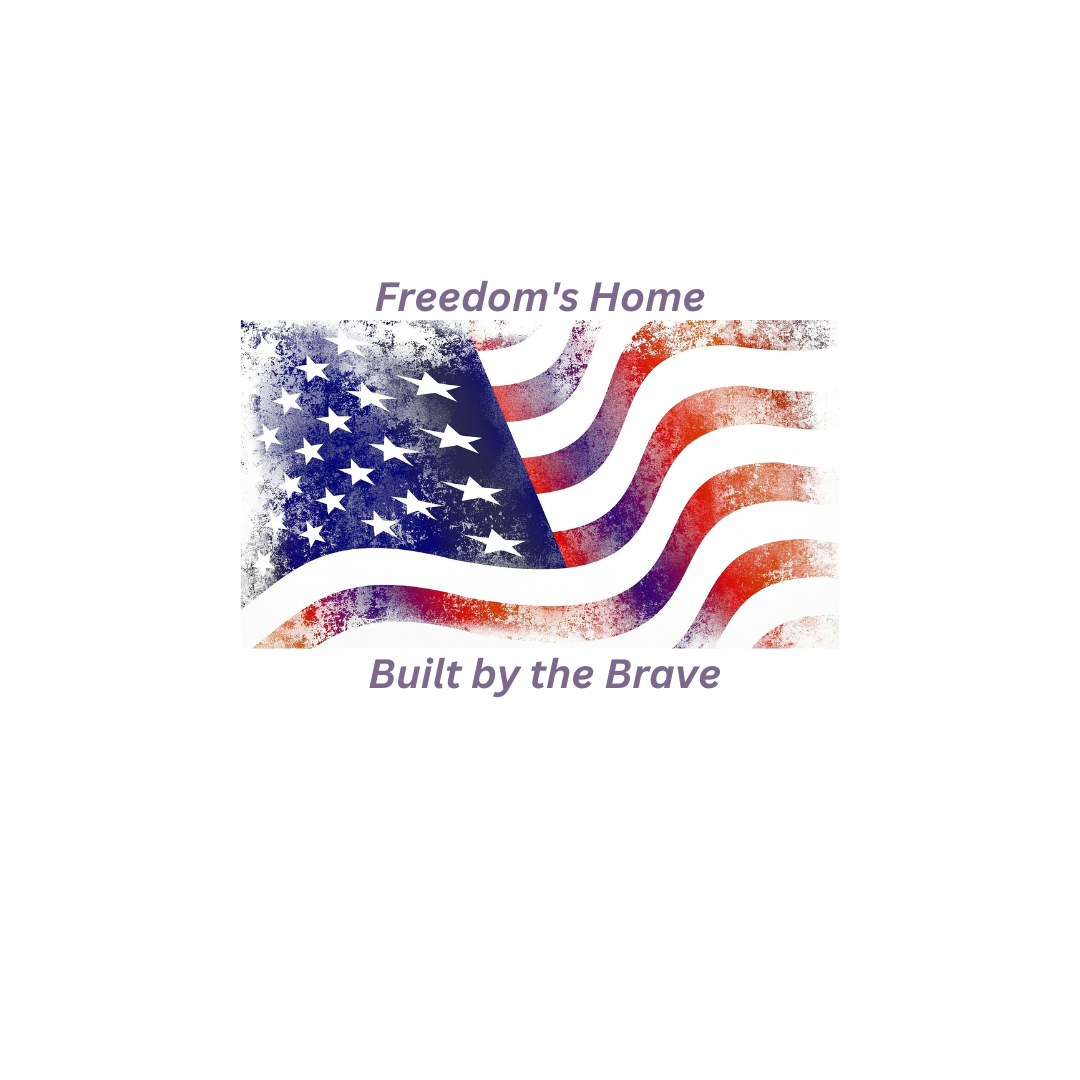
Memorial Weekend
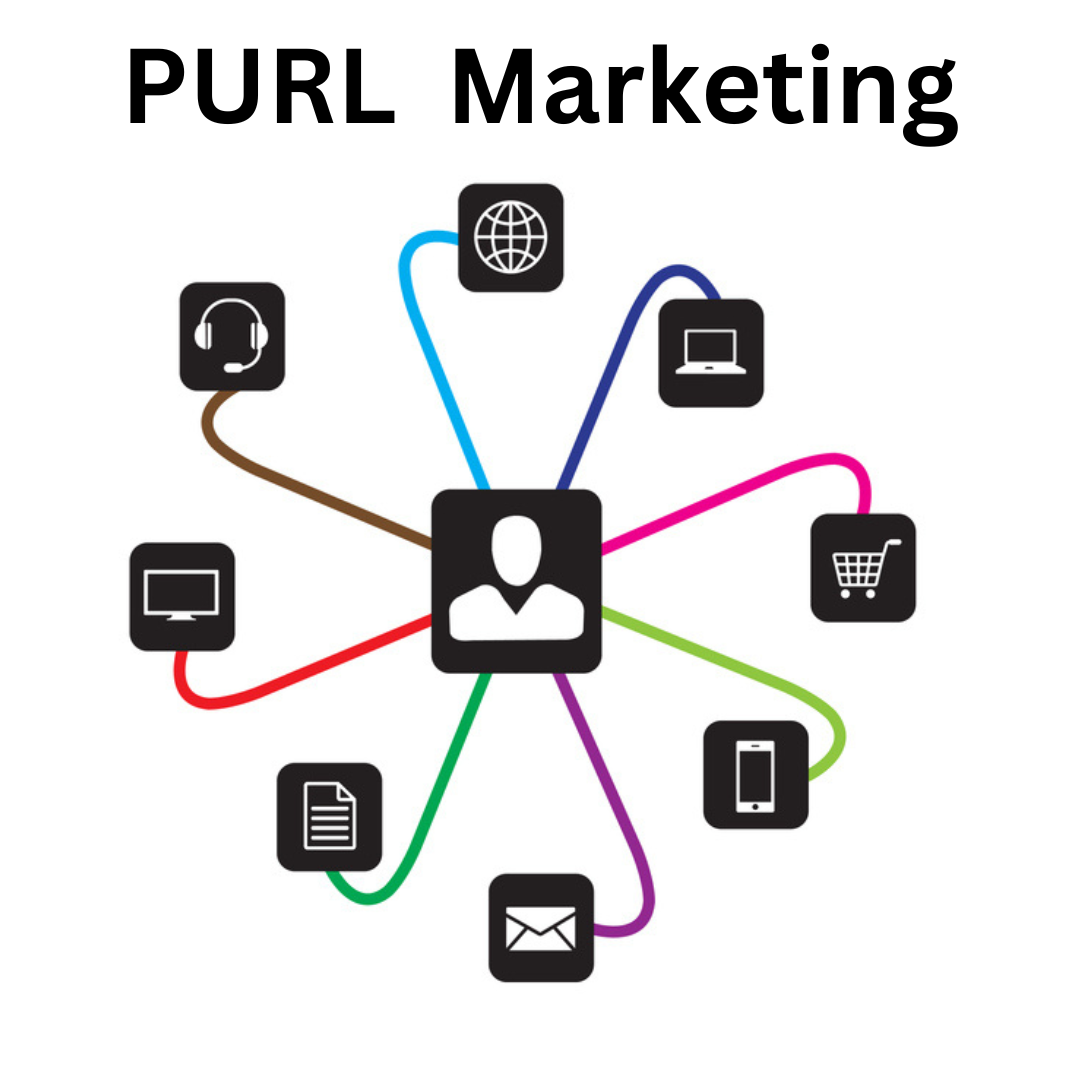
Landing Pages
Learn Why Omnichannel Marketing is Trending

Direct Mail
